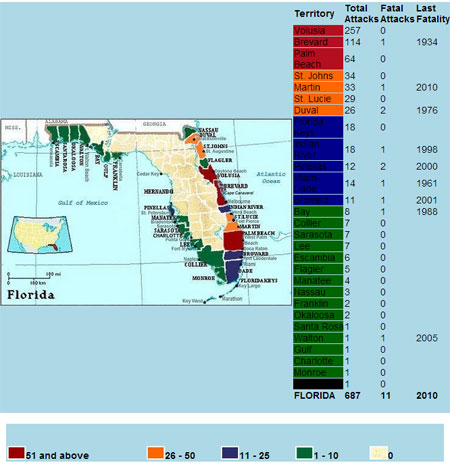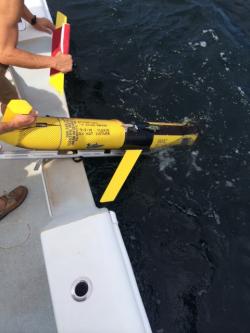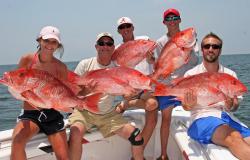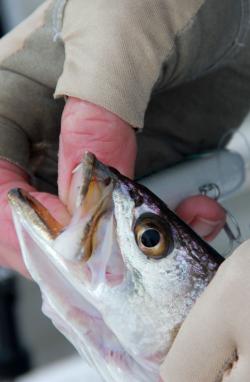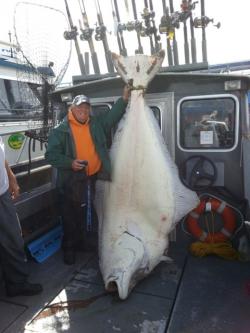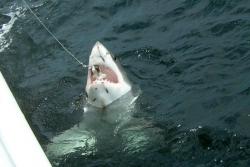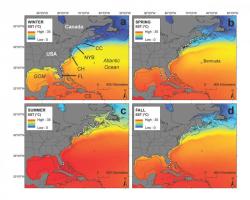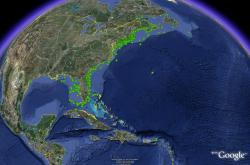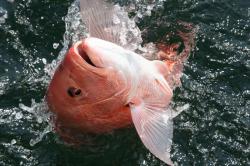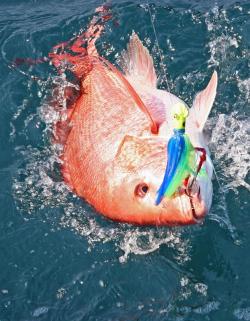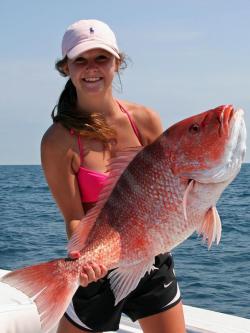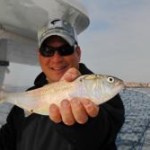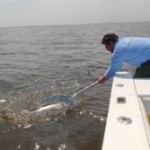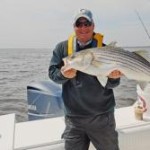Sharky Odds = What are my odds of getting bitten by a shark?
By Frank Sargeant, Editor
from The Fishing Wire
Ever wonder what the odds are of being bitten by a shark on that Florida vacation?
The International Shark Attack File maintained by George Burgess at the University of Florida can give you a pretty good idea of which beaches around Florida’s coast are safest, and which are less so-though to be sure, the odds of anyone ever getting bitten in an unprovoked attack are almost infinitely small-there have been a total of 687 recorded attacks since record-keeping started in 1882. Considering the hundreds of millions who have enjoyed swimming at Florida’s beaches since then, you can see the chances of an encounter are not something to be greatly concerned about.
In fact, says Burgess, a person’s odds of getting killed by a shark anywhere worldwide are 1 in 3.7 million. (an animal group sent me this: “this figure has been updated to “1 in 4,332,817) To put that into perspective, the chances of being killed by another human, based on data from the UN Office on Drugs and Crime, are roughly 1 in 16,000. (Of course, only people who swim in the ocean or estuarine areas can be bitten, so when you take that much more limited universe, the odds are probably considerably higher, but not nearly so high as if you decided to take a walk on the wild side of Detroit on a Saturday night.)
Florida’s central east coast has by far the highest number of bites, with Volusia and Brevard recording many times the number of attacks in most other counties. The reasons are not difficult to understand–the water here is often at least slightly murky, the area is seasonally loaded with baitfish which attract sharks, and it’s also the favorite spot in Florida for surfers. Put lots of people in the water well offshore in a bait-rich and shark-rich environment where the sharks can’t clearly see their feeding targets and people get bitten.
It’s worth noting that most of these bites are not extremely serious as shark bites go, though even getting brushed with the open jaw of a shark of any size is going to mean stitches. The last fatality in the area was in 1934–the sharks that bite people here are very likely biting at sound and motion, and very few follow through in a serious feeding attack once they realize the target is not their usual food.
Palm Beach, with 64 bites over the recorded period since 1883, ranks high also because it’s an area where bait and predators swarm at certain times of the year. The water is much clearer in these southern areas, however, so the chances of a “mistake bite” go down. If you don’t do something stupid, like swimming at dawn or dusk or in the moonlight, your odds are minimal. St. Lucie and Martin counties, adjacent the Palm Beach “bump” towards near-shore deep water, also rank relatively high in bites, for the same reasons–great places to fish, particularly during the spring and fall mullet runs, but if you’re smart you’ll stay very close to shore as far as swimming at those times.
The rest of the state has such a smattering of bites–far fewer than 1 per county per decade–that it’s really not a consideration. Some places seem made for sharks to bite humans, like the beaches between Boca Grande Pass and Tampa Bay, where in spring and summer vast schools of tarpon lure giant hammerheads, bulls and lemons in right against the beaches to feed on them–and yet this area is very low in the number of bites. Clear water and shallow beaches are probably the reason–the sharks can easily see what they’re after, and the swimmers can easily stay shallow and still enjoy a good swim in most areas.
Are there any counties in Florida where sharks do not bite swimmers? Yes, there are: those in what’s known as the “Big Bend” of Florida’s west coast, from Pasco to Wakulla counties. There has never been a bite recorded in this broad area–probably because there are almost no beaches here–the vast shallow grass flats, in many areas dropping only a foot per mile from shore, keep big predators far offshore, and also do not offer attractive swimming spots. Great for trout fishing and wildlife watching, however, in relative peace from the crowds that swarm white sand beaches in the rest of the Sunshine State, and you can wadefish for miles without concern of sharks. Stingrays, however, are another matter.
Here’s a look at the statistics compiled by Dr. Burgess:
1882-2013 Map of Florida’s Confirmed Unprovoked Shark Attacks (N=687)
© International Shark Attack File
Florida Museum of Natural History, University of Florida

